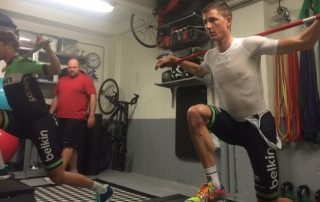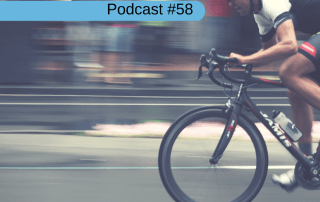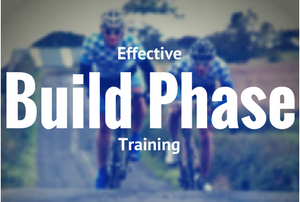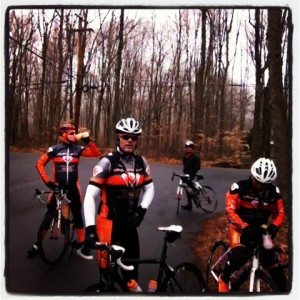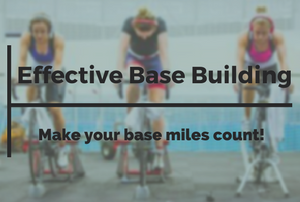Cycling physiology (and exercise physiology in general) is a topic that can take up entire semesters of college classes. There’s tons of ins, outs and all abouts of how our bodies process the food we eat and turn it into energy that helps us push the pedals.
As an exercise science and physiology undergrad student, I found the biochemistry and function of human exercise physiology to be fascinating. When I wanted to understand how to train better, be stronger and faster without spending my life on the bike, I had to rely on that background to put the pieces together.
I pride myself on making the difficult topic of physiology as simple as I can. As I’ve said before, I try to “make real science, real simple.”
Peruse the archives and learn a couple of tips to help you take your training to the next level.

